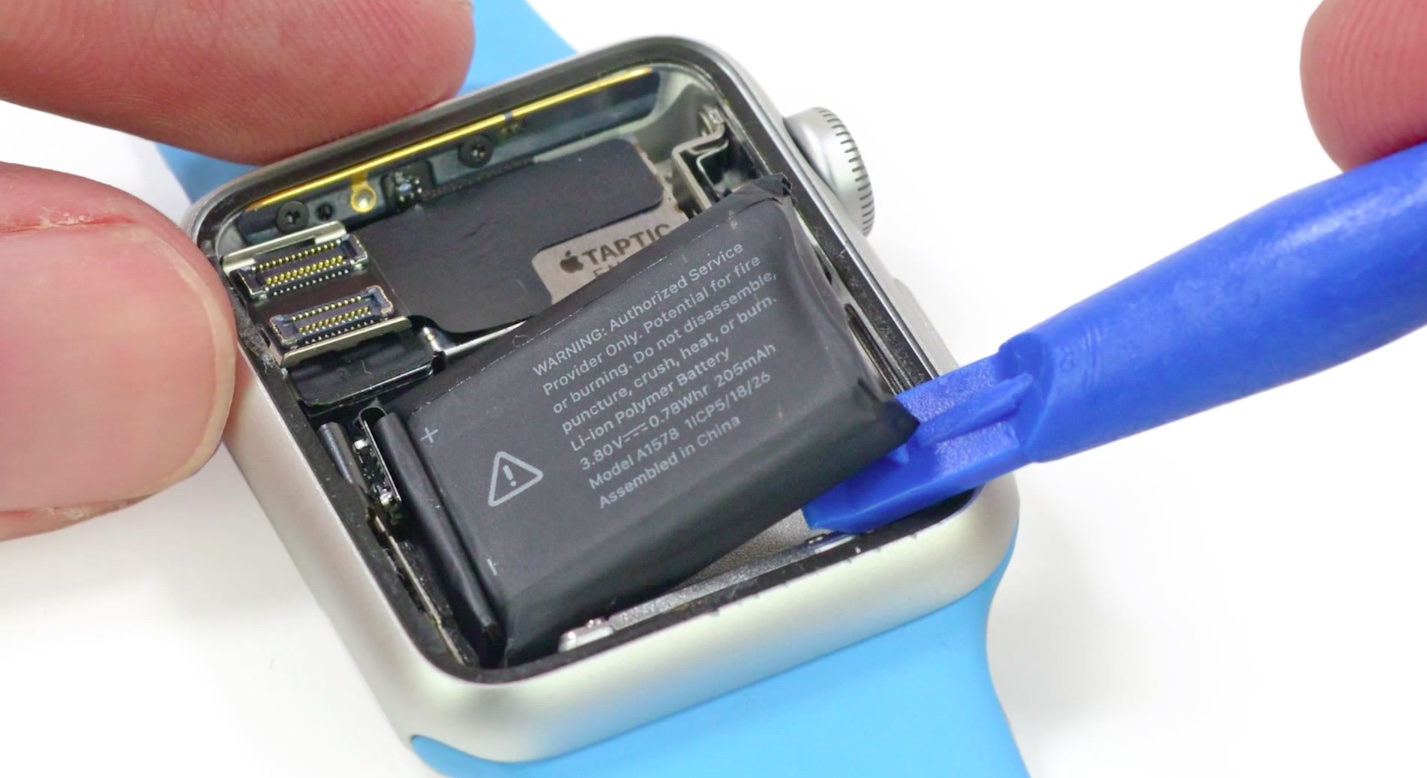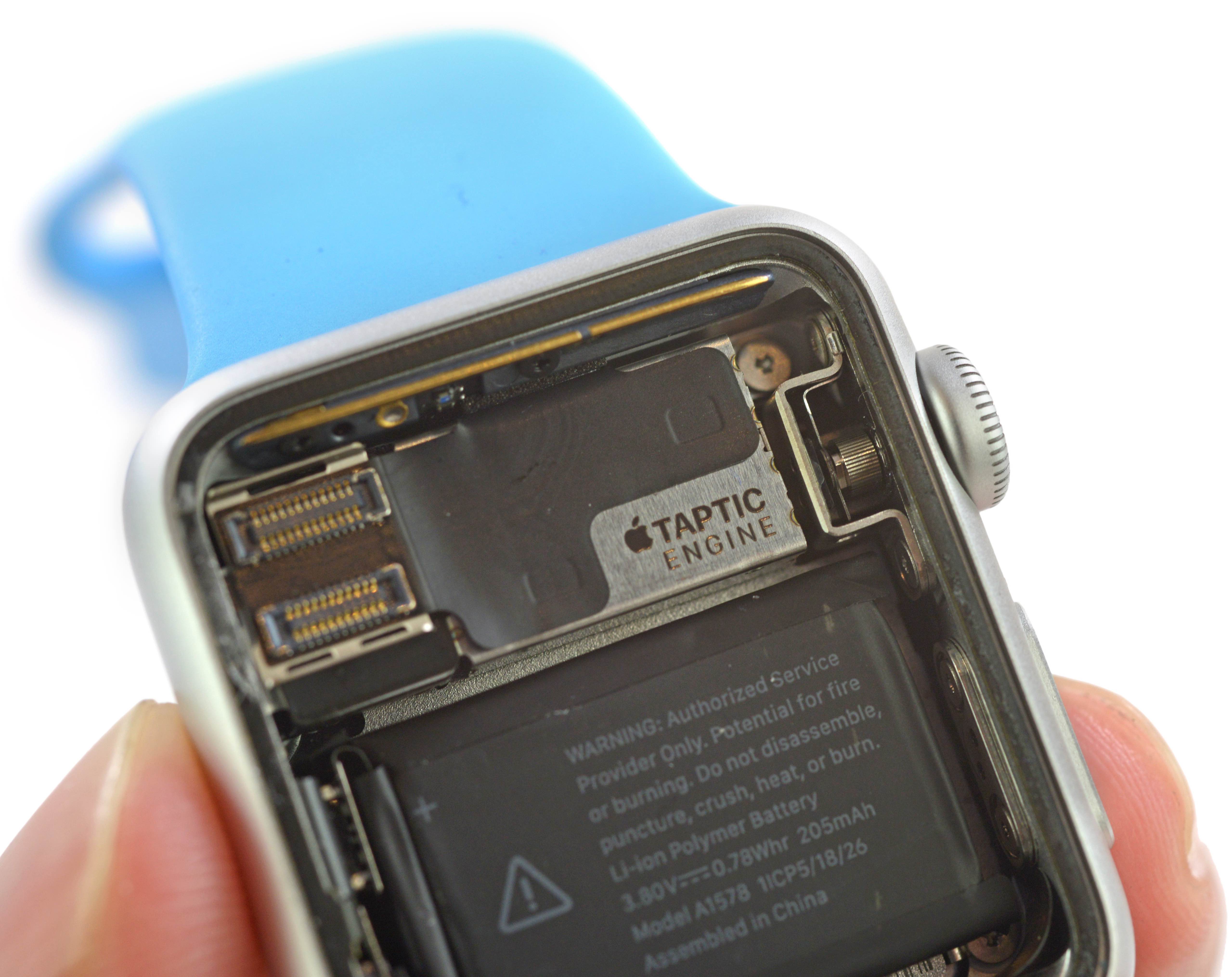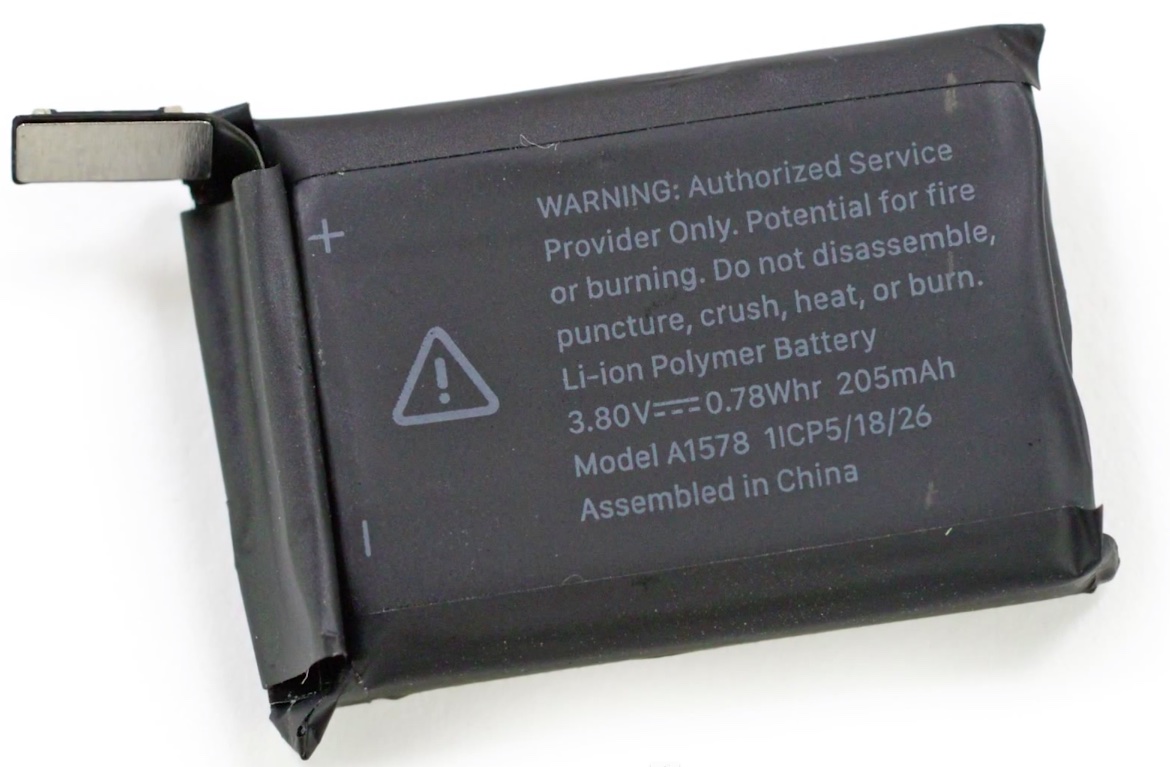The battery inside the Apple Watch will retain up to eighty percent of its original capacity at a full one-thousand charge cycles before its capacity starts depleting further, as revealed on the Batteries section of Apple’s website.
In terms of daily use, the battery of any Apple Watch model will last up to eighteen hours based on mixed usage, as per Apple’s official data.
In addition, you’ll get up to 72 hours on a single charge if you run the device in Power Reserve mode. Pitting the Apple Watch battery against that inside the iPad, iPhone and MacBook reveals quite a technological achievement for such a comparatively small package.
For instance, and I’m citing Apple’s official data, the iPhone’s battery will retain up to eighty percent of its original capacity at 500 complete charge cycles. What’s a charge cycle?
As per Apple, one full charge cycle is completed when you’ve used an amount that equals 100 percent of your battery’s capacity, but — and this is important — not necessarily all from one charge.
“For instance, you might use 75 percent of your battery’s capacity one day, then recharge it fully overnight,” explains Apple. “If you use 25 percent the next day, you will have discharged a total of 100 percent, and the two days will add up to one charge cycle.”
As for other Apple devices, the iPad’s battery is designed to retain up to eighty percent of its original capacity at 1,000 complete charge cycles before the capacity starts depleting further. The MacBook’s battery is designed to retain up to eighty percent of its original capacity at 1,000 complete charge cycles.
Here’s a segment of iFixit’s teardown video related to the Apple Watch battery.
iFixit has identified the Apple Watch battery as a 205 mAh package about two-thirds to one-half the size of the batteries inside Android Wear watches, which usually run between 300 and 400 mAh.
At 3.8 Volts, it gives you 0.78 watt hours. If you’re really into technicalities, the lithium-ion polymer package bears a model number of A1578 and has been assembled in China.
Perhaps more important than that, it’s relatively easy to replace. Upon heating the glue that holds the Apple Watch’s Retina screen in place, removing the display becomes a trivial matter, providing easy access to the battery inside.
The battery itself can be easily disconnected as it’s only held in place with light adhesive. It should be noted that iFixit tore apart the 42mm Apple Watch Sport model so it’ll be interesting seeing if the larger 42mm Watch models hold a slightly larger battery inside.
iFixit gave the Apple Watch a repairability score of 5 out of 10 because its band, screen and battery are easy to replace, unlike the S1 system-on-a-chip that’s virtually impossible to remove and replace without damaging it.
The Apple Watch’s repairability score compares relatively favorably to that of the iPhone 6 (7 out of 10), and especially compared versus the iPad and the Retina MacBook which earned a repairability score of a meager 2 out of 10 and 1 out of 10, respectively, in iFixit’s prior teardown analysis.
The one-year warranty for the Apple Watch and Apple Watch Sport and two-year warranty for the Apple Watch Edition include service coverage for a defective battery.
“If it is out of warranty, Apple offers a battery service,” says the company, adding that prices and terms “may vary”. An out-of-warranty battery service is available at $79 for all Apple Watch models, plus an applicable $6.95 shipping charge.
Images via iFixit.
Source: Apple


